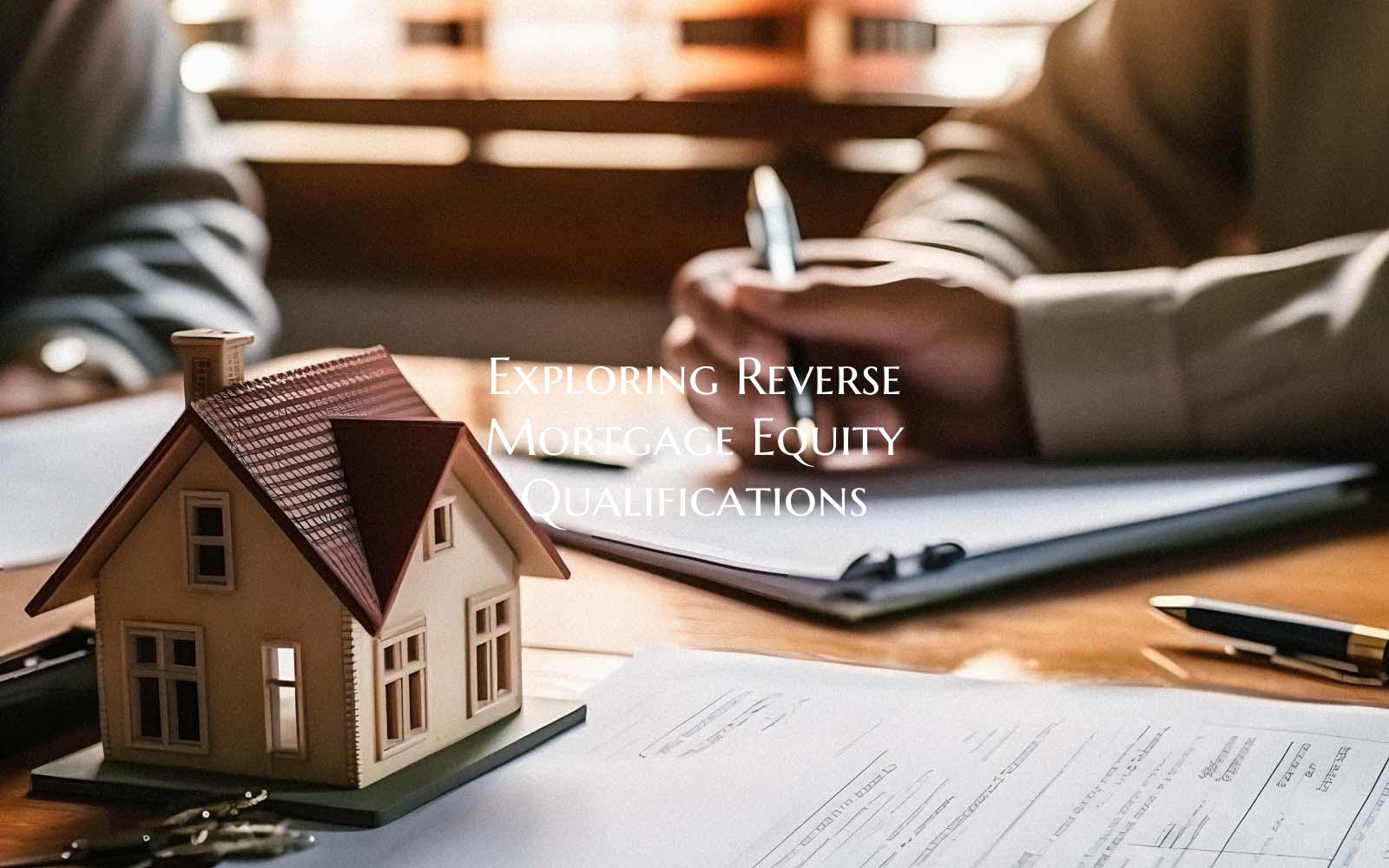Exploring Reverse Mortgage Equity Qualifications

When considering a reverse mortgage as a financial option, understanding the qualifications related to equity is crucial. Reverse mortgages are loans available to homeowners aged 62 and older that allow them to convert a portion of their home equity into cash. However, eligibility for a reverse mortgage is primarily based on the amount of equity you have in your home.
To qualify for a reverse mortgage, homeowners must have a significant amount of equity built up in their property. The more equity you have, the more you can potentially borrow through a reverse mortgage. Equity is essentially the difference between the current market value of your home and the amount you owe on your mortgage.
Lenders typically require that homeowners have substantial equity in their property to ensure that the loan can be repaid when the home is eventually sold. The specific equity requirements can vary depending on the lender and the type of reverse mortgage you are applying for.
One common equity qualification for a reverse mortgage is the loan-to-value ratio, which is the percentage of the home’s value that can be borrowed. Most lenders set a maximum loan-to-value ratio of around 50% to 60%. This means that if your home is valued at $300,000, you may be able to borrow up to $150,000 to $180,000 through a reverse mortgage.
In addition to equity qualifications, homeowners seeking a reverse mortgage must also meet other requirements set by the lender, such as being current on property taxes and homeowners insurance, undergoing a financial assessment to ensure they can afford to maintain the property, and attending counseling sessions to fully understand the terms of the loan.
Overall, exploring reverse mortgage equity qualifications is a crucial step in determining whether this financial option is right for you. By understanding the equity requirements and other eligibility criteria, you can make an informed decision about whether a reverse mortgage aligns with your financial goals and needs.
